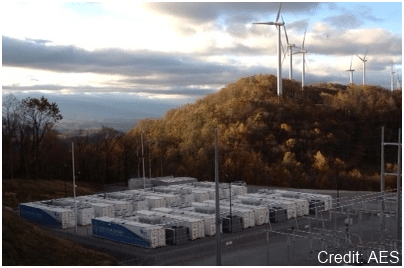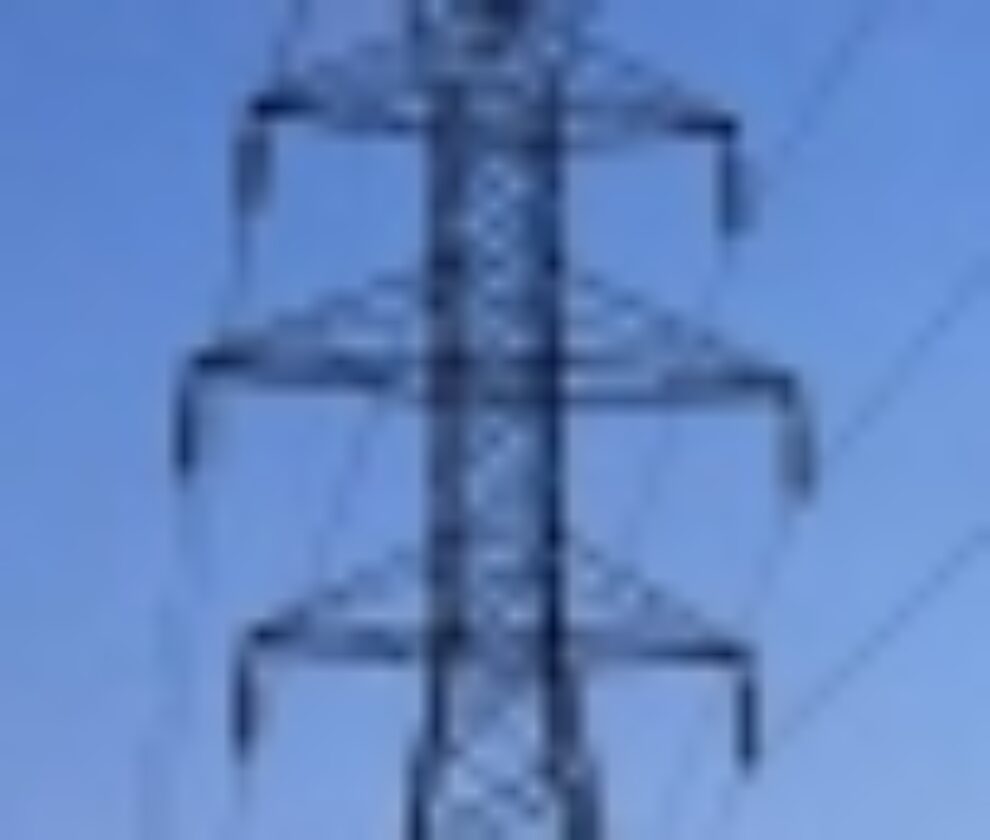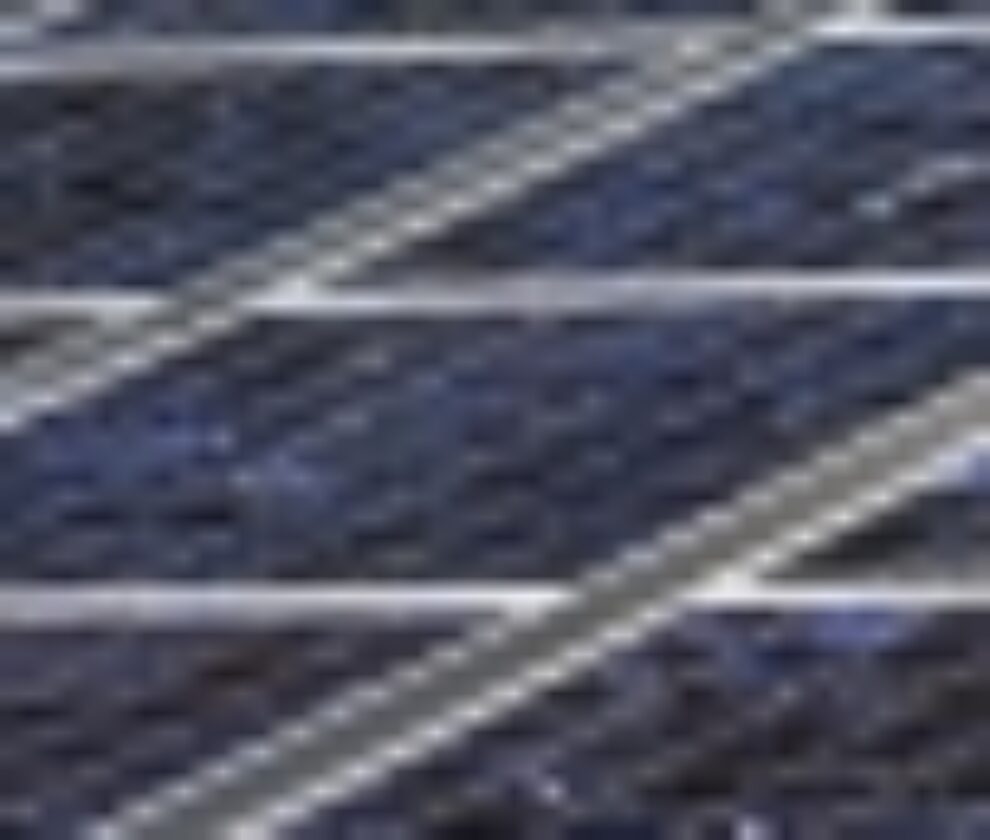
A global power company named AES recently cut the ribbon on a new 98 megawatt wind farm located on Laurel Mountain in West Virginia. This innovative project has linked its wind turbines to 32 megawatts worth of lithium-ion batteries from A123 Systems resulting in the ability to produce and store enough power to serve approximately 15,000 homes.
The 16 batteries used on Laurel Mountain charge in 15 minutes and will provide a peak supply of 32 megawatts for 15 minutes, although they will most likely deliver short surges of power over the course of a few hours. The batteries will allow the wind farm to better manage its own output, and solve a common dilemma for wind generation – that wind often blows the strongest at night when electricity demand is the lowest.
But the real game changer in this unique pairing of wind and batteries is that it will allow AES to store power when it’s not in demand and sell power when it is. The wind farm will be able to sell load balancing services to the regional grid operator at times of peak load – when the most expensive generation on the system is typically dispatched.
This balancing act is not new, but has traditionally been accomplished by quickly ramping up natural gas power plants. Now that wind power can be captured and stored cost-effectively, grid operators will have another tool for managing supply and demand, and cheap wind power will become even more attractive to utilities looking to drive down costs for ratepayers.
More on the Laurel Mountain wind farm can be found here.
02 Nov



